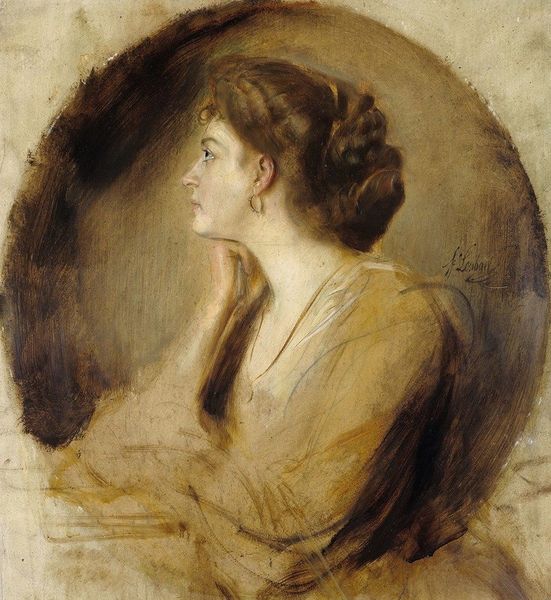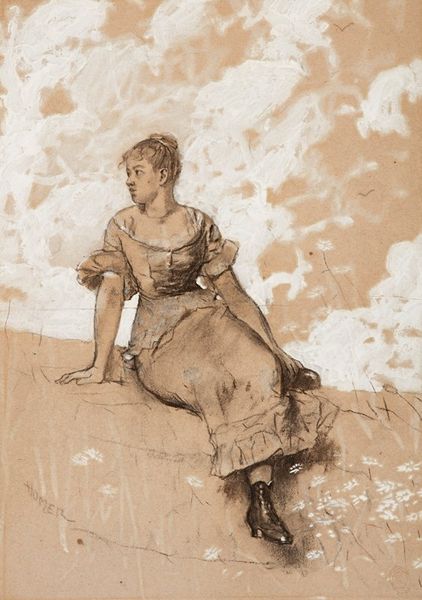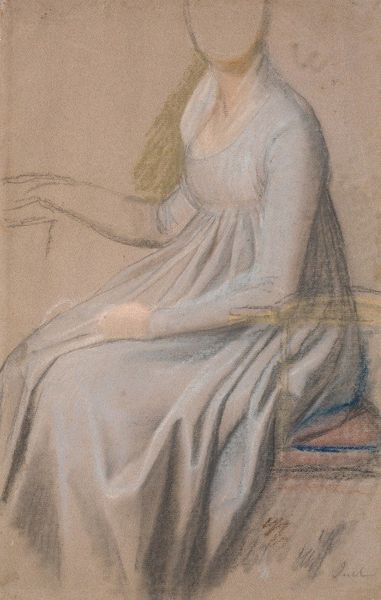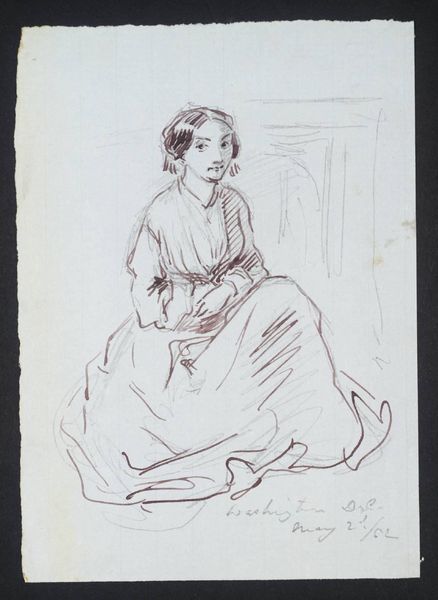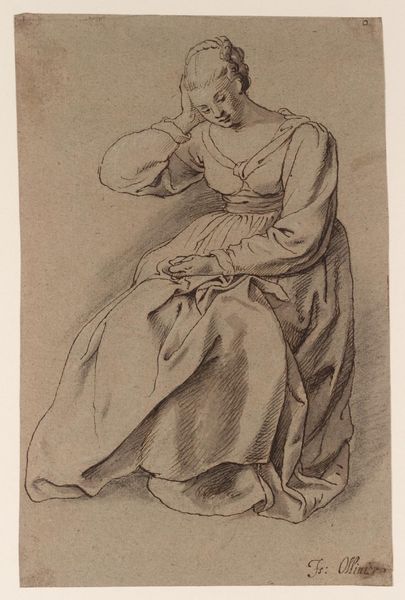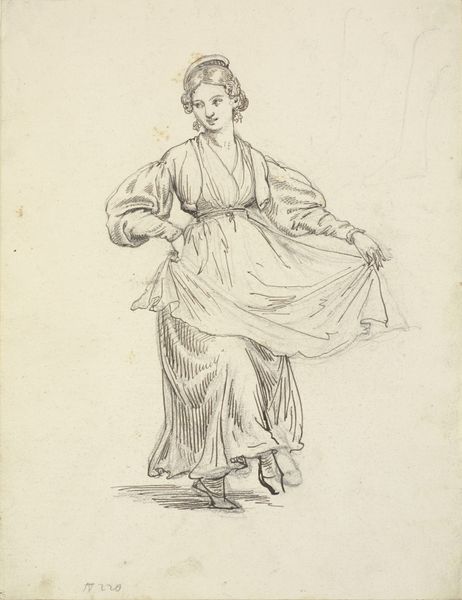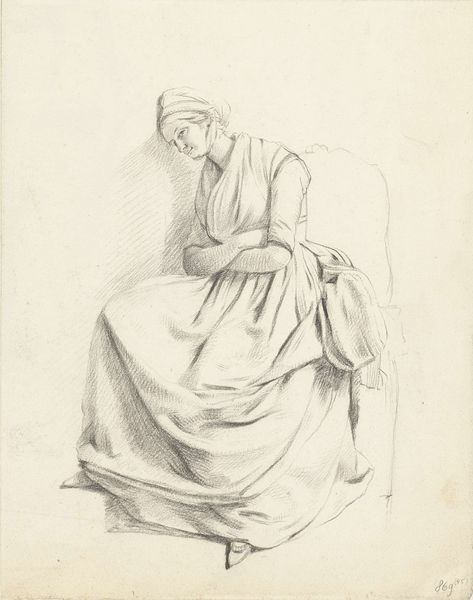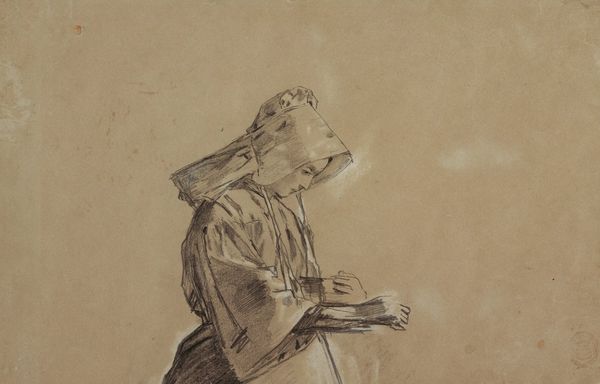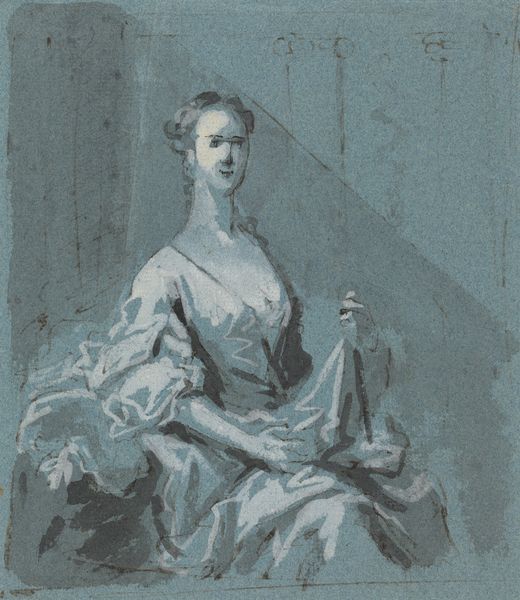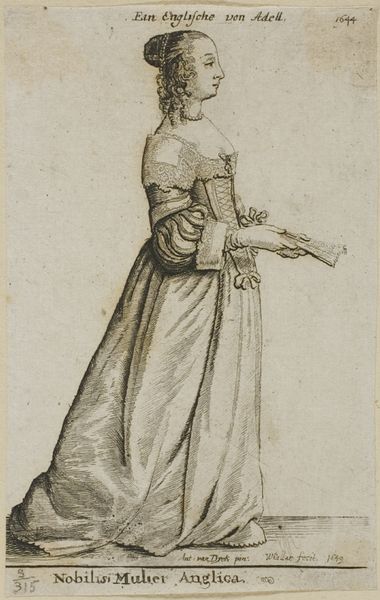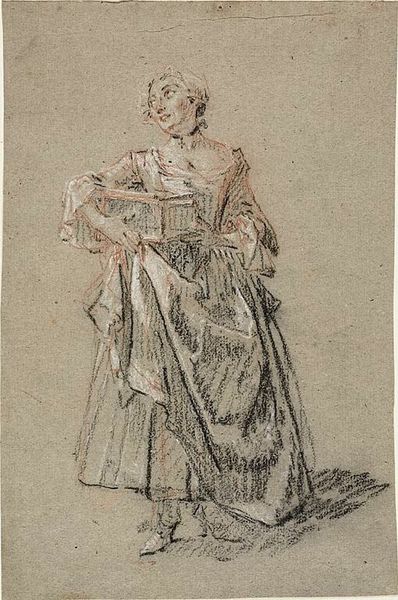
painting, watercolor
#
portrait
#
narrative-art
#
painting
#
figuration
#
oil painting
#
watercolor
#
romanticism
#
history-painting
Copyright: Public domain
Curator: Looking at George Harvey's "The Mother," painted around 1830, one is struck by the palpable sense of desperation emanating from the figure. What are your initial impressions? Editor: My eye is immediately drawn to the subtle composition. The subject's supplicating gesture is framed by the draping of her gown, creating a compelling interplay of light and shadow across the plane. It's as if the very form is an argument, or a plea. Curator: Indeed. Considering this piece was made during a time of great social and political upheaval, how might the image of a mother figure resonate with the audiences of that time? Editor: One must look to the ways in which Harvey uses shape and color to intensify affect, regardless of whatever specific reading of social history one attempts. Notice the contrast between the warmth of the skin tones and the coolness of the fabric; that is meant to generate dissonance in the viewer. Curator: I agree, the colour palette seems deliberately chosen to create a sense of unease, perhaps symbolizing her internal turmoil or the uncertain state of motherhood at the time. The Romanticists used maternal images as allegories for their nations frequently. Could the subject also symbolize collective anxieties around family, security, or national identity? Editor: And note how the relative asymmetry adds dynamism to the painting. The mother’s asymmetrical stance and reaching arms creates a visual imbalance. Her open hands—what are they for if not to catch that intangible state we term ‘hope’? The shape language creates tension and enhances the painting’s communicative power. Curator: Very true, she doesn't feel grounded, stable, and content like traditional images of the Madonna and Child, for instance. Her face is so worn, it tells a powerful story. Her stance might suggest helplessness. Perhaps she is facing destitution. We could investigate Harvey’s background further and research social work archives from the 1830s to find more possible answers. Editor: From my point of view, attempting a direct interpretation misses what the art provides by itself: the arrangement of form is affecting precisely because it withholds any specific claim; that’s what empowers the figure depicted, not any appeal to that era’s understanding of motherhood. Curator: This difference in opinions only confirms what an enduring work this truly is; both artistically and historically it moves us. Editor: Absolutely. It stands as testament to the enduring power of form.
Comments
No comments
Be the first to comment and join the conversation on the ultimate creative platform.

